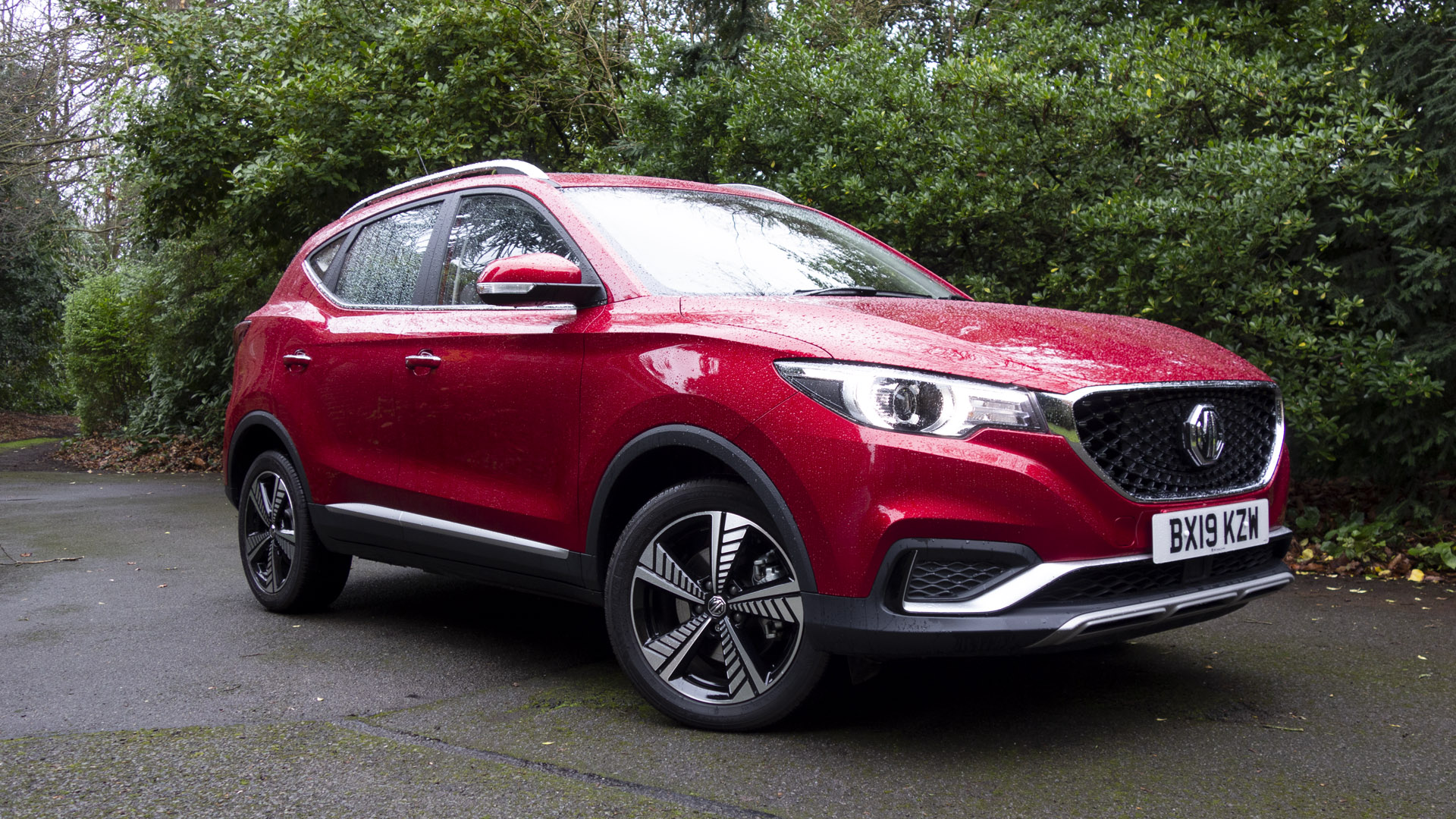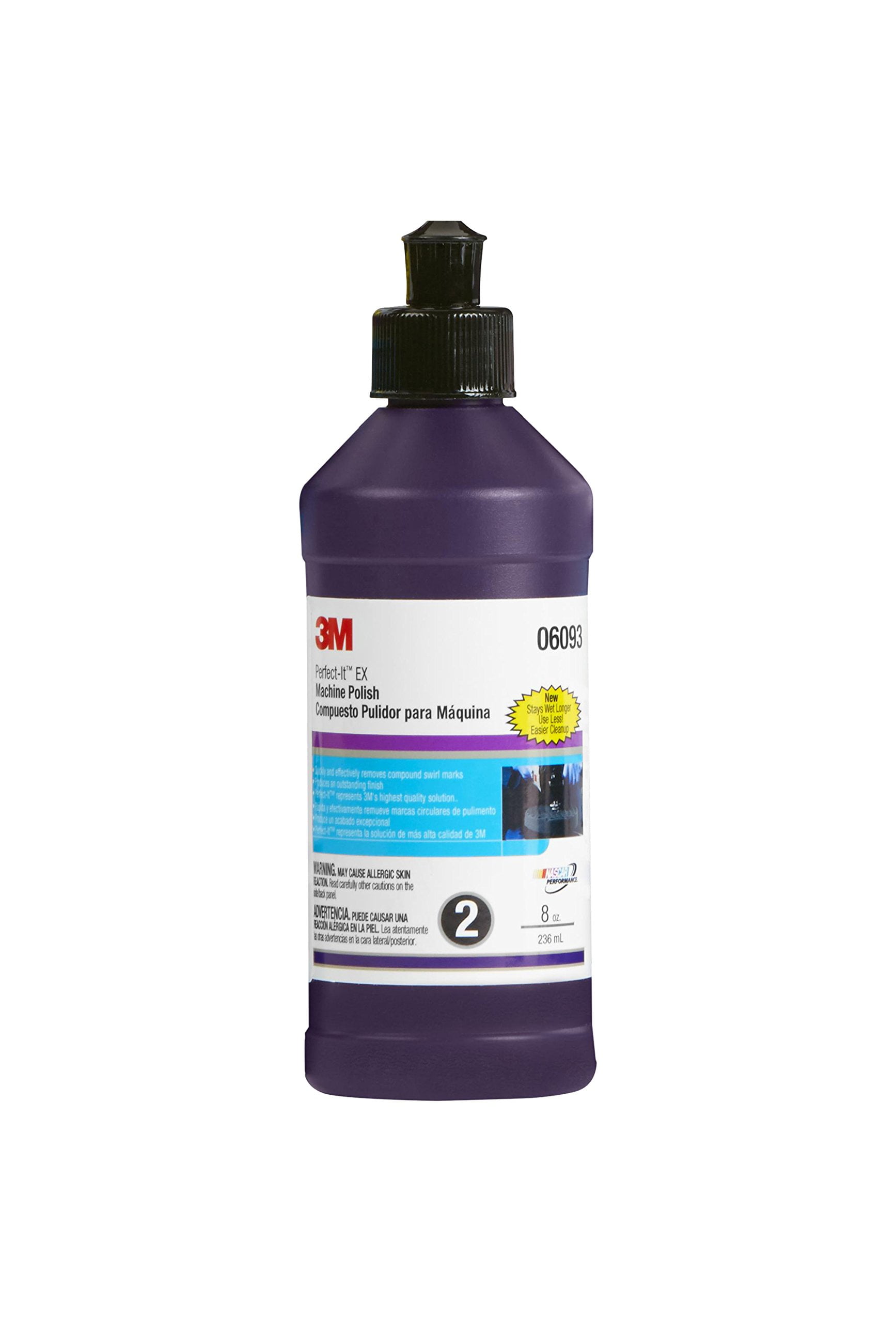
The day before I was supposed to pick up my brand new Model 3 Long Range RWD in mid 2019, a Tesla service representative called me up to let me know that, while testing my car and getting it ready for delivery, he had observed an unidentifiable whirring noise from the drivetrain at maximum acceleration. But, unfortunately, I was subject to the problem myself. And I have honestly not heard of many cases.

The rate of faults has steadily declined, and one would think this would be a very rare issue on the Model 3 entering the scene of brutal consumer real-world use in 2017. All that power, and so little long-term experience.

It is well known that the Tesla Model S suffered from drivetrain malfunctions quite often in its first iterations, which started going out to customers in 2012.

I don't know where you get outfits for them but assuming I can find a source, I need the money.First, I will briefly present 3 examples of quality issues that I have experience myself on my Tesla Model 3, compare them with other EVs I have driven on a daily basis (a 2015 2nd gen Nissan Leaf and a 2016 1st gen BMW i3), and after that attempt to bring forth my thesis on Tesla’s quality control strategy filtered from any frustration over the very fact that I use automotive technology in any shape or form that is bound to fault now and again. The pink panthers are now complaining that they are tired of posing "in the nude" and want me cloths them for pictures. Only buy it because you need some of the other things it does, or its form factor.Īs always, questions, comments, recommendations, etc. For this reason, I did not give the PQ3 the worst score I could.Īs an audio and video improving device, I cannot recommend the AudioQuest PowerQuest 3. On surge protection though, there is some value add in what seems to be an absorbing type device (series?) and over voltage protection (although its response time may be too slow to do any good). So the claims there completely unjustified. I am confident the same is true for your video device. It is clear that the PowerQuest 3 does nothing for our audio performance. As I mentioned at the outset, this is the outlet I use to test all audio devices and the fact that we see spectacular performance proves that we don't need to prefilter the AC mains. We could test many more devices but the results will be the same.
This is past the best case - never seen in real life - performance of 24 bit audio (no room temperature DAC or electronics can get down to 24 bits). Tiny spurious tones do too despite having levels at whopping -145 dB. Spurious tones at 1 kHz and harmonics remain (like USB packet noise). There is no real difference no matter how much you squint.


 0 kommentar(er)
0 kommentar(er)
